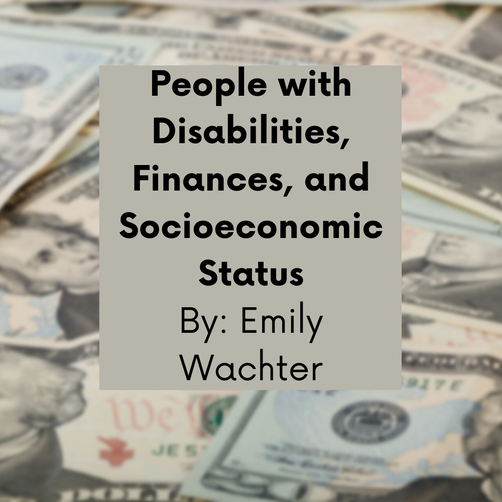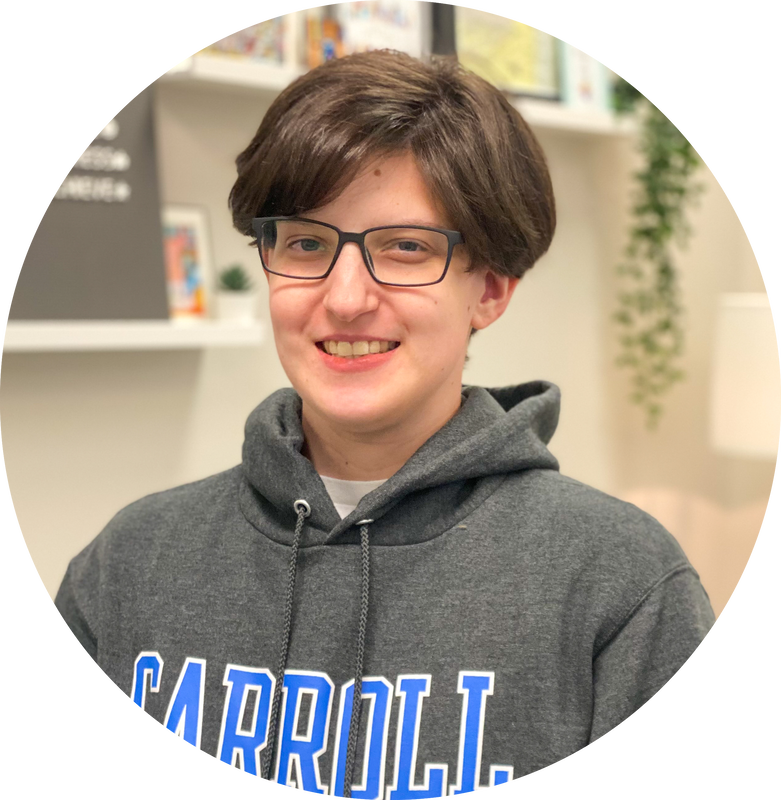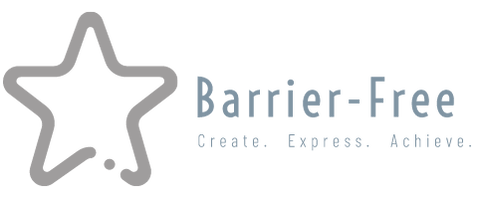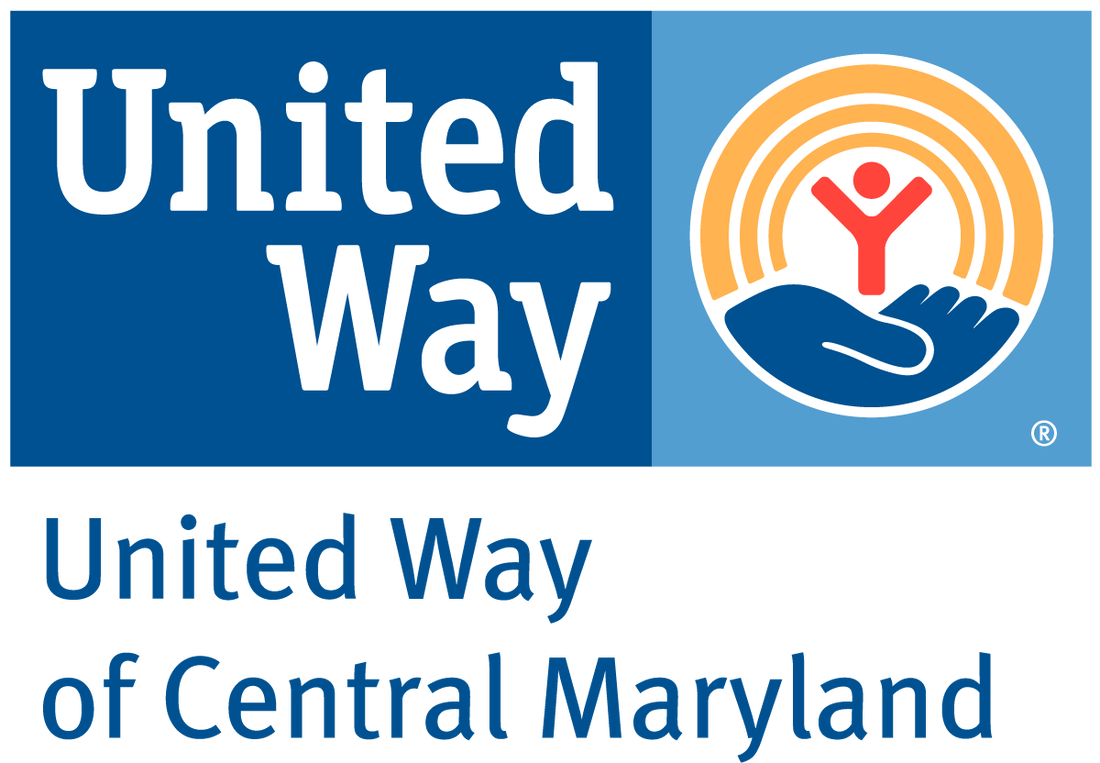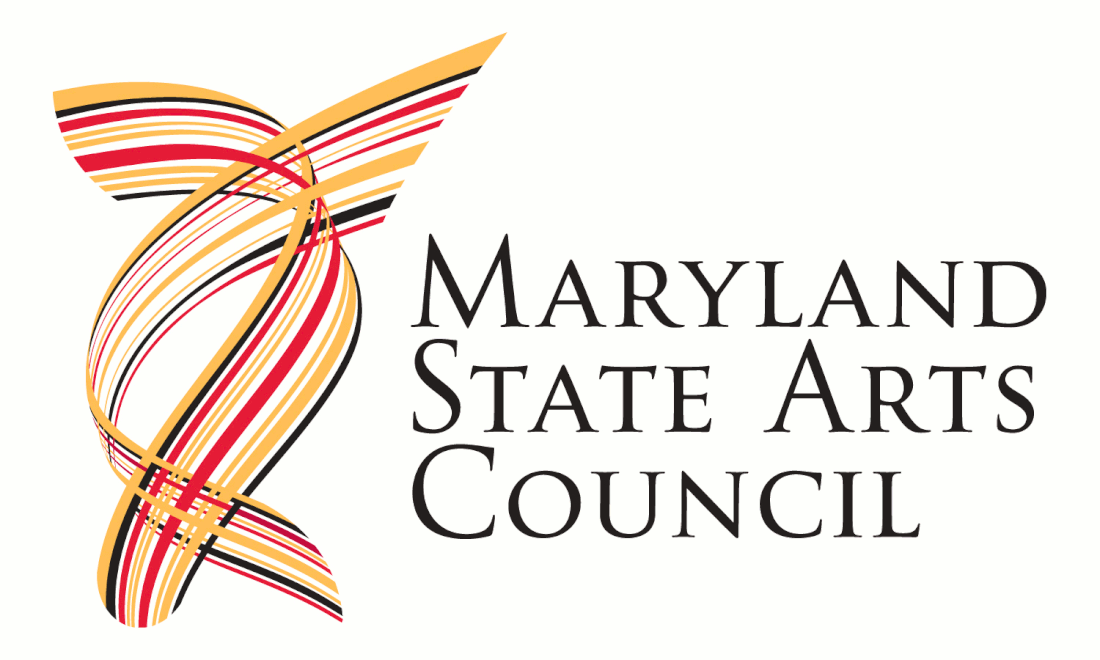|
*Disclaimer: I am in no way a financial expert. I am speaking from my personal experience and those around me.* Money is what makes the economy thrive. Money is a part of our everyday life. For people with disabilities, it can be challenging to understand the concept of money. It can be challenging because concepts of having money are often abstract and you're unable to physically see it. They may have trouble understanding a need vs. want, where the money comes from, balancing a budget, or making change. They often need someone to support them in their financial decisions. It may be a skill that is worked on for a lifetime. If someone with a disability applies to Maryland's Developmental Disabilities Administration (DDA) to receive funding and is approved, they are automatically enrolled in Medicaid. Medicaid does not allow a person using their service to have more than 2,000 dollars in the banking account, both checking and savings combined. This can be difficult to manage if the person with a disability works 30 to 40 hours a week. When working 30-40 hours a week, I would have to withdraw a large portion of my paycheck, so I wouldn't exceed the 2,000 dollar limit. Now that I'm working part-time, I don't have to do that often. A person with a disability may be unable to work full-time. This could be for a variety of reasons. It could be because of access to transportation, the job's physical demands, or personal preference. Because of being unable to work full-time and not having more than 2,000 dollars in one's bank account, it's easy for people with disabilities to live in poverty. Once in one federal program, you often put into another or qualify for another. Because it's easy for people with disabilities to easily be in poverty, parents, family members, or those supporting the individual are left financially supporting them. On top of the massive toll, it takes to care for someone with a disability. Some staggering statistics about socioeconomic status and people with disabilities:
How to Help: Those in Maryland or Pennsylvania. Ask your Senators to support and co-sponsor the Supplemental Security Income (SSI) Savings Penalty Elimination Act! Tell your Senators that $2,000 - $3,000 in asset limits is just not enough to live! These limits have not been updated since 1989, forcing many people with disabilities into poverty. To learn more and to take action, click HERE https://action.thearc.org/VynIJ0a?p2asource=email-062422 Terms to Know: H.U.D./Section 8: housing assistance for people with disabilities DDA: Developmental Disabilities Administration The DDA is the primary State agency that funds community-based services and supports for people with developmental disabilities. The DDA provides a coordinated service delivery system, so that people receive appropriate services oriented toward the goal of full integration into their community. Medicaid: Medicaid provides health coverage to individuals and families with limited income and resources. You’re automatically offered Medicaid if you receive other types of public assistance. That may include Supplemental Security Income (SSI), Temporary Cash Assistance (TCA) and Foster Care. Low-income families, children, pregnant women, and aged, blind, or disabled adults may also qualify for Medicaid. You can have private health insurance and be eligible for Medicaid. ABLE account: The federal Achieving a Better Life Experience (ABLE) Act authorized states to establish tax-advantaged savings programs so individuals with disabilities can save and invest money (up to $16,000 a year) without jeopardizing eligibility for public benefits. Sources: https://health.maryland.gov/dda/pages/dda.aspx https://211md.org/resources/health-care/medicaid/ https://www.ablenow.com/learn/basics/ Joseph Guan, Guohua Li. Injury mortality in individuals with autism. American Journal of Public Health. April 2017 https://www.apa.org/pi/ses/resources/publications/factsheet-disability.pdf Chetty, R., Stepner, M., Abraham, S., Lin, S., Scuderi, B., Turner, N., Bergeron, A., & Cutler, D. (2016). The Association Between Income and Life Expectancy in the United States, 2001-2014. JAMA, 315(16), 1750–1766. https://doi.org/10.1001/jama.2016.4226
0 Comments
Leave a Reply. |
About our BlogThe Barrier-Free blog exists as a space to share Barrier-Free news, helpful information, and a creative sharing space. Archives
March 2024
Categories
All
|
|
Copyright © Barrier-Free 501(c)(3) All rights reserved.
|
|

